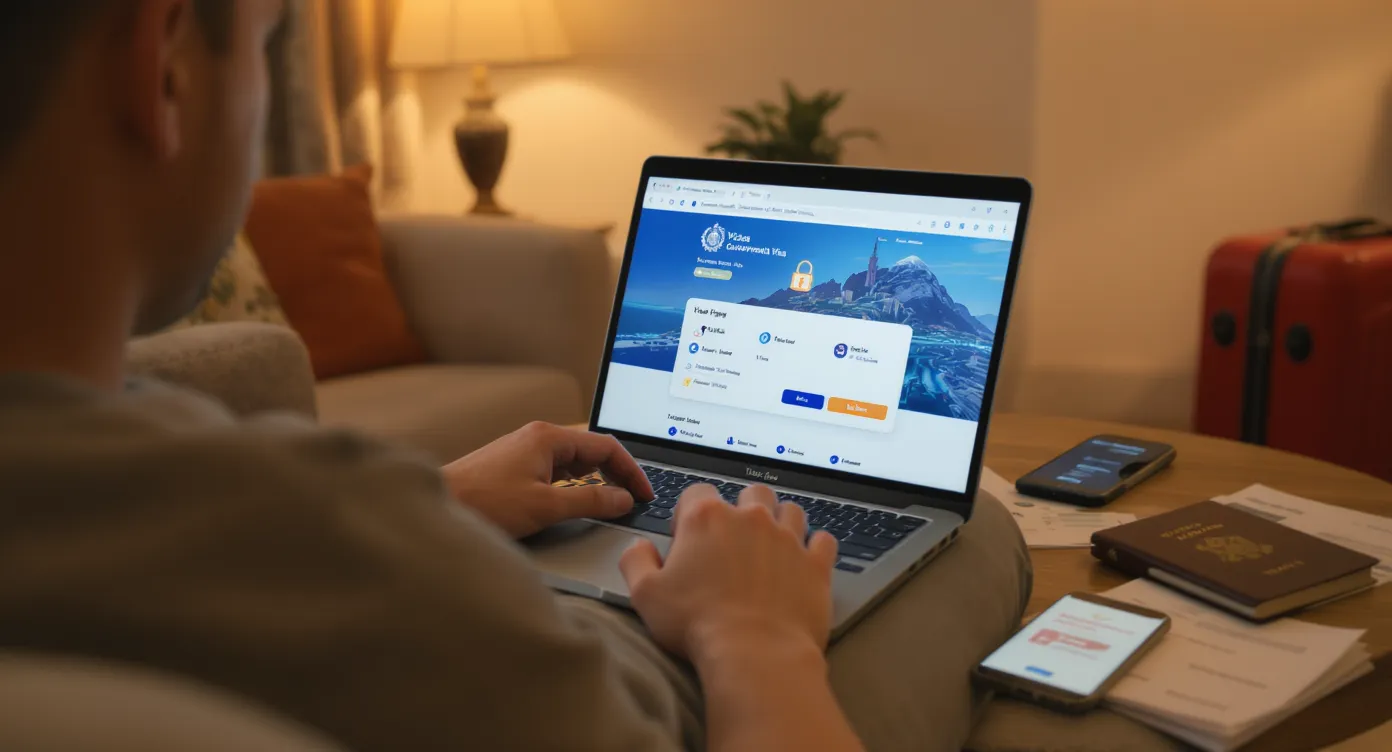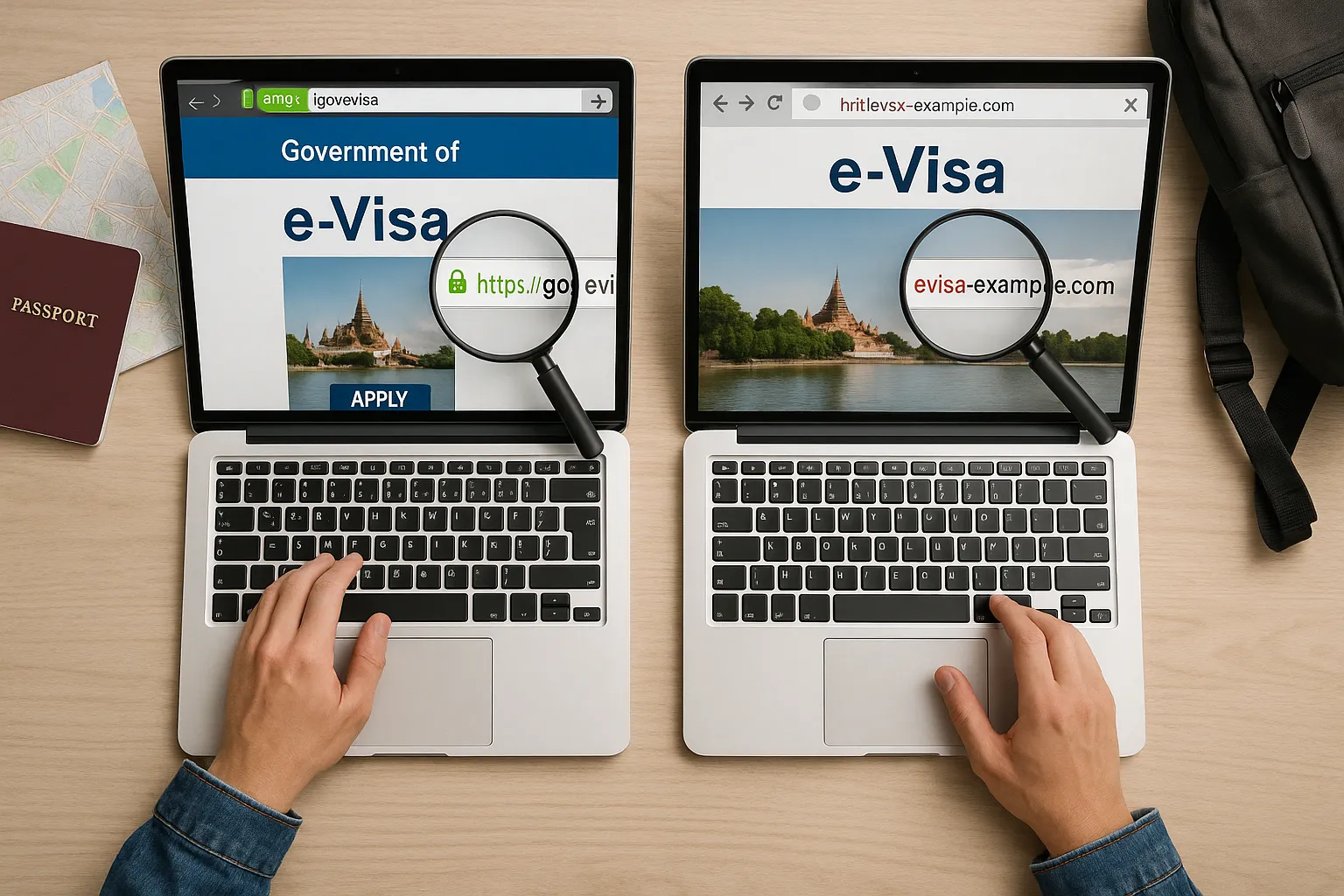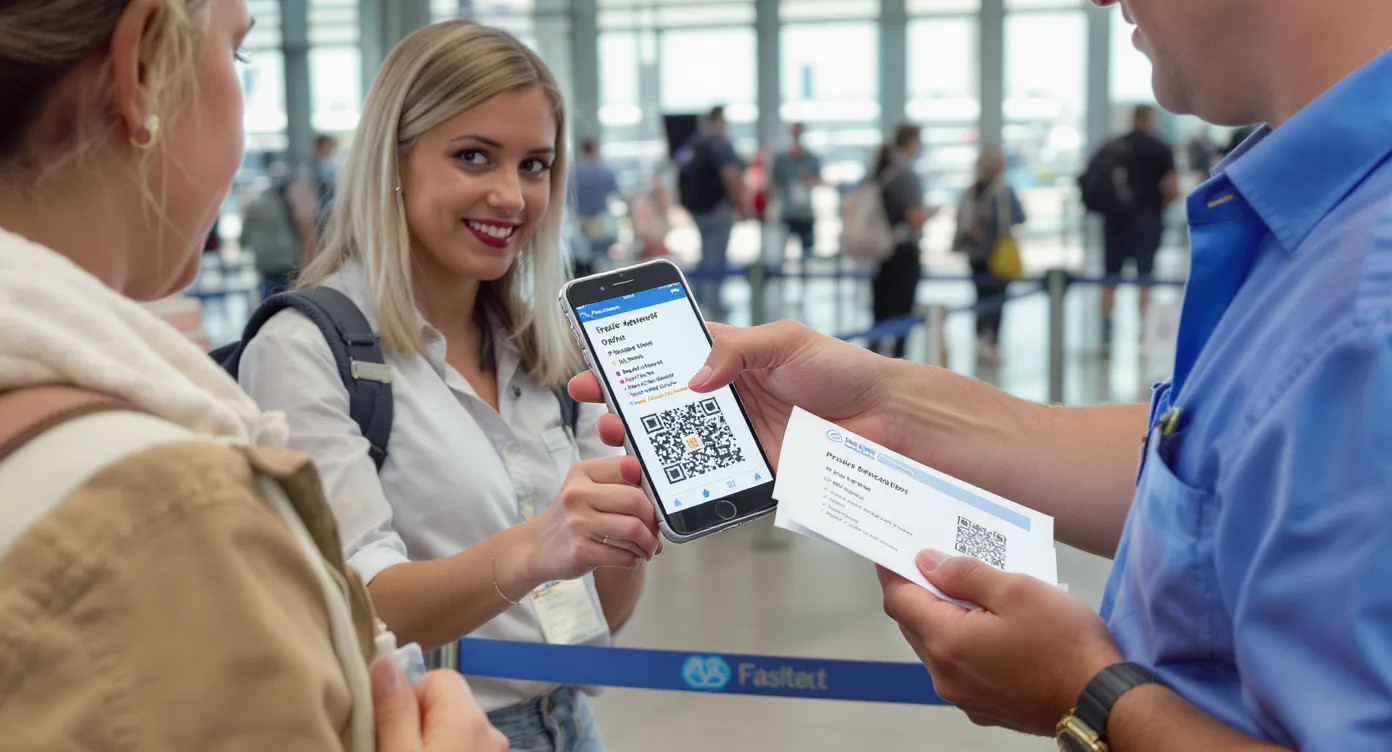Travel Visa Online: How to Apply Safely

Online visa portals have turned a process that once involved embassy queues and piles of paperwork into a 15-minute task you can finish from your sofa. According to an International Air Transport Association (IATA) survey released in March 2025, 78 percent of leisure travelers now prefer to apply for their travel visa online when the option exists. Yet the same study found that more than one in four applicants worry about fraud, data theft, or paying a fee on an unofficial website.
In other words, convenience and risk now sit side by side. This guide explains how to secure the benefits of a travel visa online while keeping identity thieves and bogus agencies at bay. You will learn a step-by-step framework, the red-flag signals of scam sites, and the best ways to store and present your approved e-Visa when you arrive at the border.
Why “Online” Does Not Always Mean “Official”
Digital visa systems—whether an Australian ETA, India’s e-Tourist Visa, or Europe’s upcoming ETIAS—are run by government immigration platforms. Unfortunately, hundreds of copy-cat pages and “visa brokers” mimic these sites, buy ads on search engines, and charge mark-ups that range from 50 percent to 500 percent. Worse, some never submit your application at all.
The UK National Cyber Security Centre (NCSC) reported a 43 percent increase in travel-related phishing pages between 2022 and 2024. Most targeted popular e-Visa destinations.
Staying safe therefore begins with source verification.
Step-by-Step Framework to Apply Safely
-
Confirm the exact visa you need and its official channel
• Check the destination’s immigration or foreign-affairs domain (look for .gov, .go.jp, .gouv.fr, etc.).
• Cross-reference with reputable travel advisories or a trusted aggregator such as the SimpleVisa destination checker.
• Beware of first-page ads that are not clearly branded as government portals. -
Harden your tech environment before you start
• Update your browser and antivirus definitions.
• Use a private, password-protected Wi-Fi network—or a reputable VPN if you must apply on public Wi-Fi.
• Turn on a password manager to generate and save unique credentials for the visa account. -
Digitize and validate your documents in advance
• Scan your passport photo page at 300 dpi; crop the full page (no shadows).
• Shoot a fresh digital photo that meets ICAO standards (even lighting, plain background, neutral expression).
• Convert bank statements, invitation letters, or itineraries to PDF; keep file sizes under the portal’s upload limit.
• Run a 60-second audit with our online visa checklist to avoid last-minute surprises. -
Submit and pay through encrypted channels only
• Look for the padlock icon and https:// in the URL bar on every page—not just the homepage.
• Never accept redirects to third-party payment gateways that look unrelated to the government or certified provider.
• Enable 3-D Secure or multifactor authentication on the card you plan to use. -
Track application status and guard your approval letter
• Screenshot or save the confirmation page immediately after submission.
• Use the official status-tracking tool or email alerts.
• Once granted, store the e-Visa in three places: cloud vault, offline phone folder, and a printed copy in your carry-on.
Quick-Reference Timeline
| Task | Recommended Timing |
|---|---|
| Document scan & photo | 2–3 weeks before travel |
| Online application | Country average + 1 week buffer (check official SLA) |
| Status monitoring | Every 48 hours until approval |
| Print & digital backup | Same day the visa is granted |
Spot the Red Flags: Scam Site vs. Legit Portal
| Feature | Legit Government / Certified Partner | Potential Scam or Overpriced Agent |
|---|---|---|
| Domain | Ends with .gov, .gouv, .go.[country]; or a partner listed on official site | Odd TLD (.com.co, .org.online), hyphenated clones |
| SSL/TLS | Always HTTPS with valid certificate | Mixed content, certificate warnings |
| Pricing | Matches official tariff; transparent service fee if partner | Hidden extras, “rush fee” that doubles at checkout |
| Contact | Physical embassy address, call center in destination country | Generic Gmail address, no phone, PO Box only |
| Privacy Notice | GDPR/CCPA compliant, data retention policy | Vague or missing |
| Reviews | Consistent on multiple platforms | Few reviews, identical wording |
For a deeper dive into scam tactics—and how to report them—read Electronic Visa Scams: How to Protect Yourself from Fraud.

Data Security Essentials When You Apply Online
Even on a legitimate portal, good cyber hygiene is non-negotiable. Below are best practices endorsed by the PCI Security Standards Council and adopted by SimpleVisa’s platform.
- End-to-end encryption: All data should travel over TLS 1.2 or higher. Avoid portals that still list TLS 1.0 support.
- Multi-factor authentication (MFA): Enable SMS or authenticator-app verification if the option exists for your account.
- Tokenized payments: Trusted suppliers never store raw card numbers. Look for Stripe, Adyen or another Level 1 PCI-DSS processor in the payment iframe.
- Automatic logouts: Idle sessions should expire within 10 minutes to prevent hijacking.
- Download controls: Reputable portals watermark PDF visas with a unique ID and checksum so any alteration is detectable at the border.
If you are evaluating third-party providers for your customers, insist on the eight controls outlined in our security buyer’s guide, Top 8 Security Features to Demand in Any Electronic Visa Solution.
Why Use a Trusted Aggregator Like SimpleVisa?
Governments do an excellent job issuing visas but seldom excel at multilingual UX, live chat, or payment options that work worldwide. SimpleVisa bridges that gap by:
- Routing every application straight to the official government endpoint—no detours, no manual re-entry.
- Using a rules engine updated daily to surface only the visas you are eligible for, eliminating “wrong-visa” rejections.
- Offering PCI-DSS Level 1 payment rails and AES-256 encrypted data storage audited to ISO 27001 standards.
- Providing real-time status alerts and an approval PDF that is automatically resized to airline check-in kiosks.
Travel operators can integrate these features with a single API call or a no-code widget, turning compliance into ancillary revenue while protecting passenger data. (See Future of Travel APIs: From Flights to Visas in a Single Call for a technical overview.)
Post-Approval: Carry It, Back It Up, Prove It at the Border
- Verify every detail—name spelling, passport number, validity dates—against your passport. Errors can lead to denied boarding.
- Create redundant storage:
- Cloud drive with end-to-end encryption (e.g., iCloud, OneDrive, Proton Drive).
- Offline phone folder you can access without roaming.
- Print on plain A4 paper in color; fold into your passport.
- Check airline document rules: Some carriers still require a printed copy for transit visas, even when the destination border is paperless.
- Have contingency funds: In the rare event of a system outage at immigration, you may need to pay an on-arrival fee or re-apply. Keep a credit card with open funds and your supporting documents handy.

Frequently Overlooked Safety Tips
- Beware of public printers at hotels or cafés for your visa printout; USB ports can harbor malware that injects malicious code into attached files.
- Turn off auto-fill in your browser before starting the form; stray corporate credentials can end up in immigration databases.
- Use a dedicated email alias for visa correspondence to isolate potential phishing attempts from your primary inbox.
- Monitor your credit-card statement for 30 days after payment to spot duplicate or unauthorized charges.
The Bottom Line
Applying for a travel visa online in 2025 is faster than ever, but only if you pair convenience with robust security practices. By validating the source, hardening your tech environment, preparing correct documents, and tracking your application through encrypted channels, you minimize risk and stress.
If you prefer an end-to-end solution that already bakes in these safeguards, consider starting your next application with SimpleVisa. Whether you are an individual traveler or a travel brand looking to embed visa compliance inside your booking flow, we keep the admin invisible—and the data protected.
Ready to see how seamless (and safe) online visas can be? Explore SimpleVisa’s platform or request a demo today.